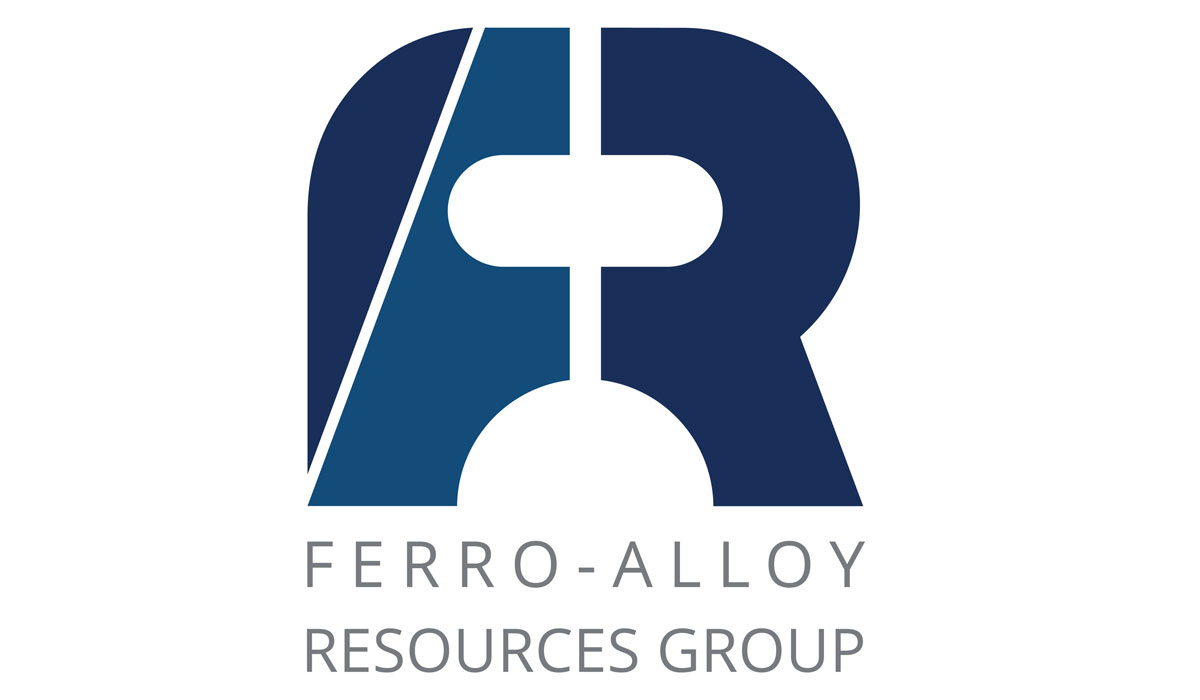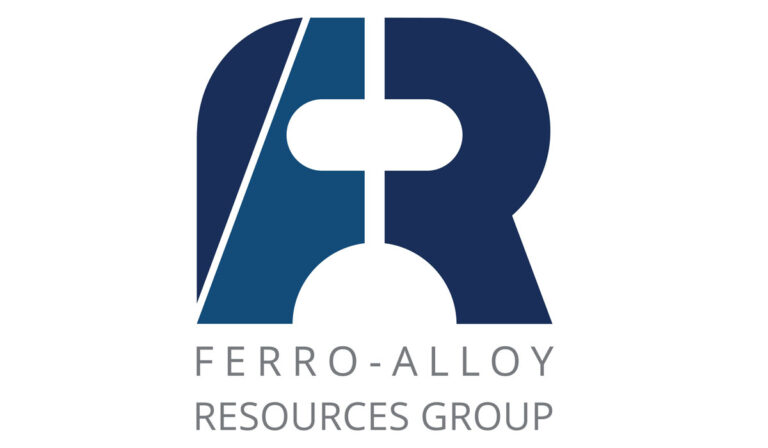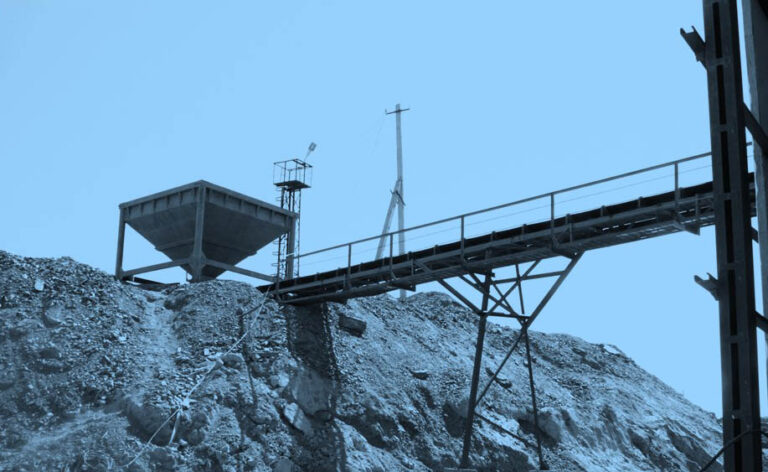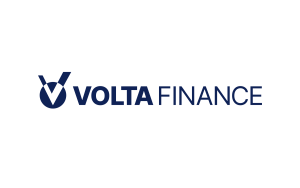An electric surge is brewing far from the glare of lithium headlines, as an unassuming transition metal begins to draw the industry’s gaze with its promise of safer, infinitely scalable energy systems that could underpin tomorrow’s renewables.
In an era marked by mounting concerns over battery fires and the limits of lithium-ion chemistry, investors are quietly recalibrating their attention towards a commodity that has flown under the radar for decades. This metal, more familiar in the context of high-strength steel alloys, is stepping into the limelight through its pivotal role in redox flow batteries. Unlike traditional cells whose energy capacity is fixed by their internal chemistry, these systems store power in liquid electrolyte tanks, an architecture that sidelines the thermal runaway risks intrinsic to lithium-ion packs. As wind and solar deployments accelerate, the need for grid-scale storage that can flexibly ramp up or hold power for days becomes ever more acute, and here this metal’s attributes, durability, longevity and a clear supply base, present a compelling case for long-term positioning.
Historically, more than eight-in-10 tonnes of this commodity have been consigned to steel mills, where minute additions enhance strength and resilience. Yet the pivot towards energy storage is set to redefine its market fundamentals. Investors are noting that, as renewable output ebbs and flows, large-scale facilities equipped with vanadium-based flow batteries can absorb surplus generation during peak production and discharge it when clouds gather or winds fall still. The separation of storage medium and power-generation cells prolongs battery life to decades rather than mere years, mitigating replacement cycles and delivering a more predictable cost profile. Crucially, pedigree steel producers-turned-battery suppliers are leveraging existing resource pipelines and refining know-how to establish vertically integrated ventures, marrying upstream extraction with mid-stream electrolyte processing and downstream battery assembly.
Australia, home to the planet’s most extensive deposits, estimated at roughly twenty-seven million tonnes of contained vanadium pentoxide, stands at the heart of this unfolding story. With established mining infrastructure, a government keen to nurture critical minerals and a supportive policy architecture that includes tax incentives and royalty adjustments, local producers are lining up to supply domestic and overseas battery projects. As global demand for long-duration storage scales from the low-hundreds of megawatt-hours today to the multi-gigawatt-hour levels envisaged over the next decade, the country’s resource advantage could underpin new export revenues and elevate the strategic profile of its mining sector. At the same time, a number of junior explorers and established miners are exploring partnerships to fast-track processing facilities, tapping into international vanadium oxide streams to feed fledgling domestic battery plants even before greenfield mines reach full output.
Policy winds are also shifting. Regions wary of the fire hazards posed by lithium systems in residential developments are increasingly mandating comprehensive testing regimes or seeking alternative technologies for community-scale storage. Meanwhile, governments and development banks are channeling capital into flow battery pilots, recognising that a safer, more predictable technology can de-risk grid investments and foster energy resiliency. For investors, these dynamics signal a window where strategic stakes in both resource-side producers and technology-side developers could capture asymmetric upside: exposure to a commodity riding structural demand growth and to the intellectual property that refines it into a battery solution.
Yet as with any emerging theme, market participants must weigh timing, pricing and execution risks. Commodity prices have historically been buffeted by steel cycles and concentrated supply in a handful of nations. Companies entering the space will need robust balance sheets to weather project development phases, secure funding for processing capacity and navigate permitting landscapes. Leadership teams versed in both mining and battery markets will be at a premium, as firms strive to integrate vertically and deliver end-to-end offerings. For those able to identify credible operators and sound projects before price signals fully reflect the shift, the potential rewards could vindicate the leap beyond conventional battery metals.
In short, a commodity once drafted almost exclusively into steel corridors is staking a claim at the frontier of energy transition. For investors seeking exposure to long-duration storage or critical minerals themes, it offers a nuanced play: an established metal with nascent battery demand, underpinned by safety, scalability and policy tailwinds.
Vanadium is a transition metal chiefly used to strengthen steel alloys and, increasingly, to create vanadium redox flow batteries, systems that store energy in liquid electrolyte tanks for large-scale, safe and durable grid storage.
Ferro-Alloy Resources Ltd (LON:FAR) is developing the giant Balasausqandiq vanadium deposit in Kyzylordinskaya oblast of southern Kazakhstan. The ore at this deposit is unlike that of nearly all other primary vanadium deposits and is capable of being treated by a much lower cost process.











































